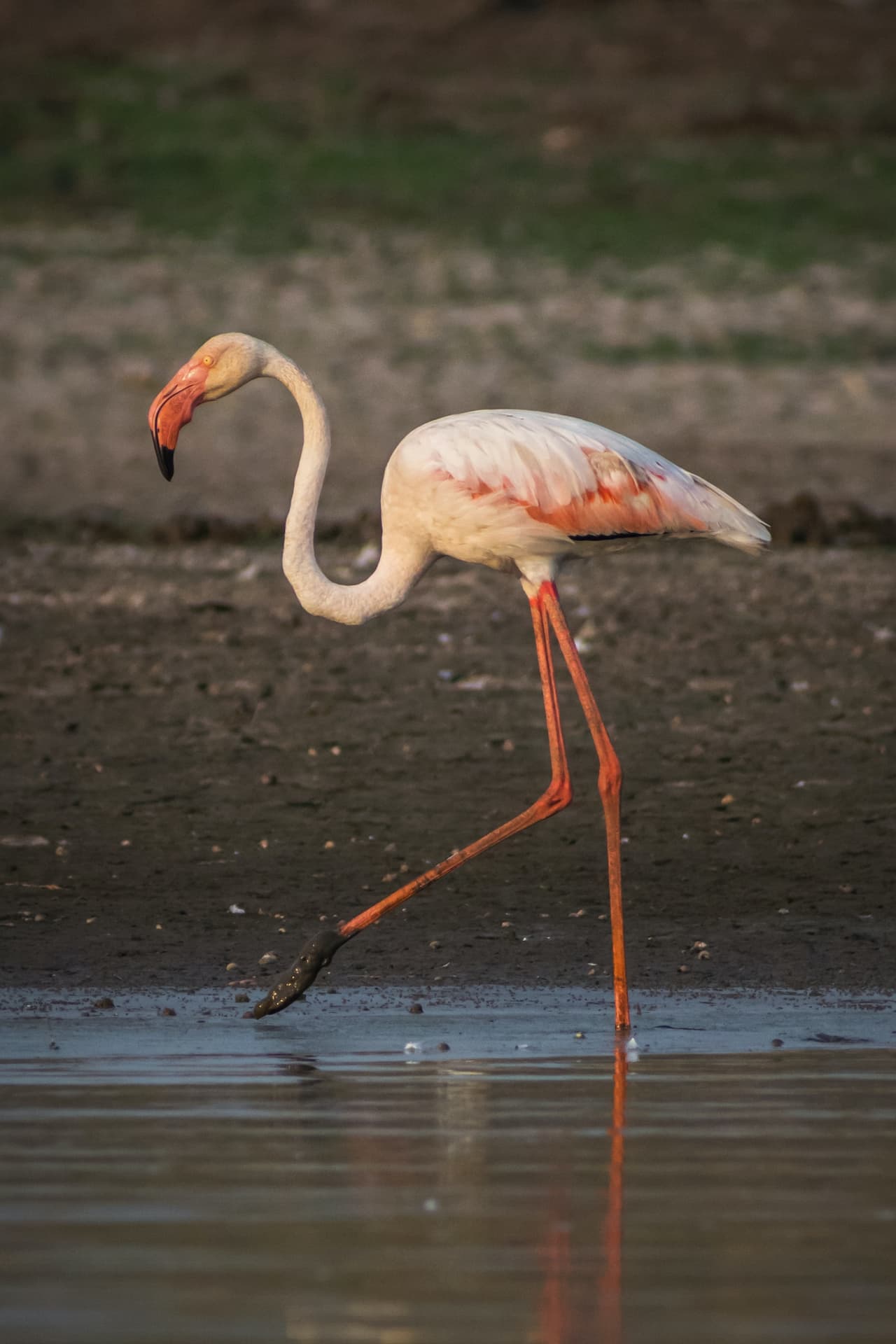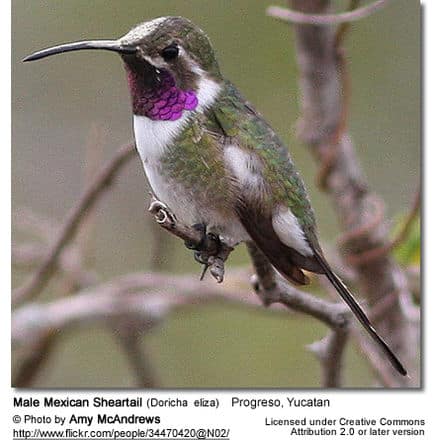Eastern Towhees
The Eastern Towhees (Pipilo erythrophthalmus) are large sparrows that are found in Canada and the United States.
They were formerly considered to be a subspecies of the very similar western Spotted Towhees (Pipilo maculatus), in which case they are referred to as Rufous-sided Towhees (Pipilo maculatus erythrophthalmus). The two species interbreed in an area where their ranges meet – the Great Plains of the USA.
Eastern towhees spend the majority of their time near the ground. They are mostly solitary – using various threat displays to keep other towhees away, such as lifting, spreading, or drooping one or both wings, fanning, or flicking their tails to show off the white spots at the corners.
Distribution / Habitat
Eastern Towhees occur naturally across eastern North America – from southern Saskatchewan and Quebec south to Florida, and west to eastern Texas, from near sea level to as high as 6,500 ft (1,980 m).
One isolated vagrant was recorded in Great Britain in 1966.
Northern populations breed in southern New England through northern Indiana and Illinois to southern Iowa and migrate to the southern United States for the winter. The breeding range also stretches south to California and east to Louisiana, Florida, and Guatemala.
They are usually found in tall grass prairies, marshes, thickets, overgrown fields, scrubby backyards, or at the edges of brushy woodland. They favor areas with dense shrub covers with plenty of leaf litter.
Subspecies, Ranges, and Identification:
The nominate form is migratory, while the other subspecies found in the Southeast are largely resident (non-migratory).
The races hybridize in areas where their ranges overlap, making exact identification challenging. In general, geographical differences have been noted – mostly in the color of the plumage and the eyes (ranging from red, pale-straw-colored to whitish eyes).
For example, the subspecies found in southern Georgia and Florida have pale yellow eyes instead of the red eyes seen elsewhere in the East.
Also, the wing length decreases slightly from northwest to southeast; and the lengths of the middle toe, tarsus, and bills increase from north to southeast.
- Eastern Towhee, North-eastern Rufous-sided Towhee, Red-eyed rufous-sided towhee, rufous-sided towhee, Towhee (Pipilo erythrophthalmus erythrophthalmus – Linnaeus, 1758)
- The most migratory of the subspecies. Breed in the most northerly part of the eastern towhee’s distribution in the summer (southern Canada: southern Manitoba and Ontario and extreme southern Quebec; and eastern USA: northern Minnesota east to northern Vermont, central New Hampshire and southwestern Maine, south to northeastern Oklahoma, northern Arkansas, southern Tennessee, northeastern Georgia, northwestern South Carolina, central North Carolina and Virginia). Migrate to the southern and eastern portion of the species’ range in the winter: Nebraska, Wisconsin, southern Michigan, extreme southern Ontario, Pennsylvania, southern New York, and Massachusetts south to Oklahoma, central southern and southeastern Texas, Gulf Coast, and south-central Florida.
- Alabama Towhee (Pipilo erythrophthalmus canasterm – A. H. Howell, 1913)
- Range: South-central Louisiana, north to northeastern Louisiana east through Mississippi, extreme southwestern Tennessee, northern Alabama and southeastern Georgia, central South Carolina to western North Carolina, and south to northwestern Florida and east along the Gulf Coast.
- Riley’s Eastern Towhee (Pipilo erythrophthalmus rileyi – Koelz, 1939)
- Range: Southeastern Virginia, coastal North Carolina, and coastal South Carolina south to southeastern Alabama and Georgia, and northern Florida. Resident populations are also found in western and central Florida.
- White-eyed Towhee (Pipilo erythrophthalmus alleni – Coues, 1871)
- Range: Peninsular Florida
- ID: Named for their whitish eyes.
Description
The Eastern Towhees are smaller than robins about 1/3 larger than song sparrows and twice as heavy. They are recognized as members of the sparrow family by their thick, triangular, seed-cracking bill.
The total length (from the top of the head down to the tip of the tail) ranges from 6.8 – 9.1 inches (17.3 to 23 cm) and the wingspan is 7.9 – 12 inches (20 – 30 cm). They weigh between 1.1 to 1.9 oz (32 to 53 g) – the average being 1.4 oz (40 g).
Adult towhees have rusty-colored (“rufous”) sides and white chests and bellies. The male has a black head, neck, shoulders, back, wings and tail – these parts are dark brown in females. The long, rounded, dark tail has white edges.
The eyes are mostly brownish-red, whitish in birds found in the southeast.
The juvenile plumage (summer) is heavily streaked, brown above and buffy below.
Similar species:
- The similar western Spotted Towhee has white wing bars and white spots on the back; plus these two species are not known to co-exist in the same range (the exception being the Great Plains of the USA).
- The Eastern Towhee distinguishes itself from the American Robin by the much shorter, thicker beak and the white belly. They are also more compact than robins.
- Juvenile Eastern Towhees could easily be confused with many sparrows or female finches but can be identified by their larger size and longer, white-cornered tail.
Breeding / Nesting
The breeding season varies with location. In the northern parts, most breeding activities occur between April and November – at which point, migrating birds travel south to their winter locations. In the south, the breeding season may start as early as March and continue to late summer.
The average clutch consists of 2 – 6 eggs. They raise one brood a year; however, after failed nesting attempts they may produce 2 or even 3 clutches per season.
Each egg measures from 0.8 to 1 inches (2 – 2.6 cm) in length and about 0.7 – inches (1.7 – 1.9 cm) in width. The egg color ranges from creamy, greyish, pinkish or greenish white, with brown, reddish brown, purple, and grey spots and speckles.
The cup nest is constructed by the female out of weeds, leaves, bark strips, grapevine bark, twigs, leaf stems, and potentially other items found in their environment, such as string or cardboard.
The male may bring nesting material to the female. The nest is about 4 inches (10 cm) wide on the outside, with an inner cup that is about 2 inches (5 cm) wide and 1.5 inches (3.8 cm) deep.
She lines the nest with soft plant material, such as fine, dry grasses, animal hair, feathers down, and sometimes animal hair.
The nest takes 3 to 5 days to finish and is typically situated on or near the ground in a well-covered area.
Occasionally, the nests are built in shrubs or grape, honeysuckle, or greenbrier tangles, up to about 5 feet (1.5 meters) off the ground. Towhees usually return to the same breeding territory for several years.
The female alone incubates the eggs for 12 to 13 days. During this time, the male may bring food to her. Once the young hatch, both parents will feed them.
The hatchlings are blind and naked, except for sparse greyish down. The nestlings fledge when they are about 10 – 12 days old. However, they continue to depend on parental care for about another month.
Towhees nests are commonly parasitized by Brown-headed Cowbirds, which replace the towhee eggs with their own (eating the towhee eggs or tossing them out). In some areas, more than half of all towhee nests contain cowbird eggs.
Towhees don’t appear to be able to recognize or remove the Cowbird eggs and are brooding the eggs and raising their young as their own.
Diet / Feeding
Towhees feed on various seeds, fruits, nuts, berries, insects, spiders, millipedes, centipedes, snails, and acorns. In the spring, they will also take soft leaves and flower buds. To a lesser extent, they may also eat small amphibians, snakes, and lizards.
They are often observed feeding on the ground where they noisily scratch for food. Food may also be gleaned from vegetation or they may also take advantage of local bird feeders.
Calls / Songs / Vocalizations:
The Eastern Towhees’ song sounds like “Drink your teeeee” – lasting about one second, starting with a sharp call (“drink!”) and ending with a short “teeeeea”. Its short two-part calls rise in pitch and are sometimes called a “chewink” call.
Regional accents have been noted. Those occurring in the East sound very different from those living in the West.
Lifespan / Life Cycle
Towhees reach reproductive maturity in their second year. They are expected to live in the wild for 12 years or longer. The oldest recorded Towhee was 12 years and 3 months old.
Alternate (Global) Names
Chinese: ???? … Czech: pipilo rudooký … Danish: Rødsidet Buskspurv … Dutch: Roodflanktowie … Finnish: loistopipilo … French: Tohi à flancs roux … German: Grundammer, Rotaugen-Rötelgrundammer, Rötelgrundammer … Hebrew: ???????? … Icelandic: Jarðtittlingur … Italian: Pipilo fianchirossi occhirossi, Touì orientale … Japanese: wakiakatouhichou … Lithuanian: Rudaéonis pipilis … Norwegian: Rødside towhee, Rødsidetovi … Polish: pipil rudoboczny … Russian: ???????????? ????, ???????????? ????? … Slovak: strnádlik cervenooký, Strnádlik ?ervenooký … Slovenian: ?rnoglavi ?ivka? … Spanish: Rascador nororiental, Toquí Flanquirrufo, Toquí Pinto … Swedish: Brunsidad busksparv, Brunsidig busksparv … Turkish: Ala Pipilo





